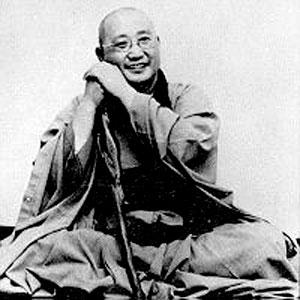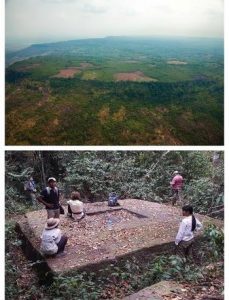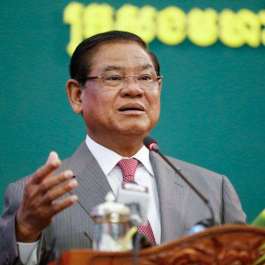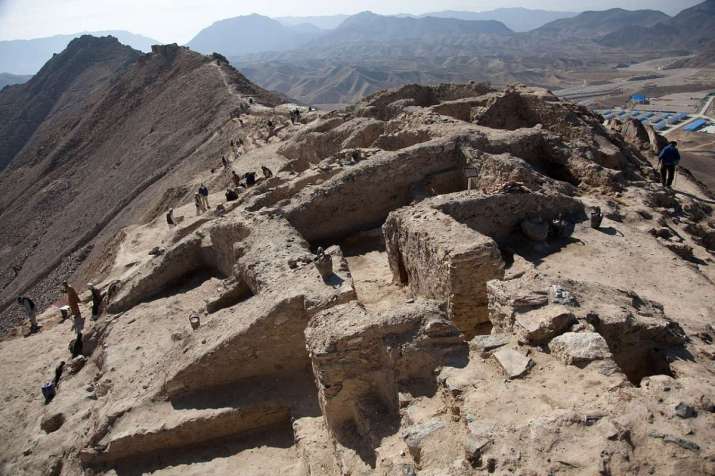
A roadside bomb killed Afghan archaeologist Abdul Wahab Ferozi near the ancient Buddhist archaeological site of Mes Aynak in Afghanistan’s Logar Province, some 40 kilometers south of Kabul. Ferozi oversaw the restoration of more than 3,000 artifacts unearthed at Mes Aynak and which are now housed at the National Museum in Kabul.
Ferozi was on his way to work at an archaeological excavation at Mes Aynak on 2 June, together with two of his colleagues and their driver, when the incident happened.
“We never thought such action would be taken against us, because we are neither military nor high-ranking government officials,” said archaeologist Mohammad Rabi Saber, a teammate of Ferozi. “But after this incident, a kind of fear has spread among the archaeology staff members.” (Reuters)
Mohammad Sabir Mohmand, a spokesperson for Afghanistan’s Ministry of Information and Culture, said the explosion occurred at around 7am local time. Ferozi was killed immediately and others were wounded when a remote-controlled bomb was detonated near their car. “One driver and two archaeologists were wounded and [the] other one was killed,” he noted. (Tolo News)
“We are trying the identify who planted the bomb,” said Hashmat Stanakzai, a spokesperson for the Kabul police. “No insurgent group has claimed responsibility so far.” (Reuters).
Although no group has claimed responsibility for the attack, the involvement of the Taliban is suspected. The Taliban, an Islamic fundamentalist political movement in Afghanistan, held power over a large part of Afghanistan from 1996–2001. Taliban militants, seeking to enforce a strict interpretation of Sharia or Islamic law, blew up two ancient giant Buddha statues in Bamiyan Province in 2001 because they were deemed un-Islamic.
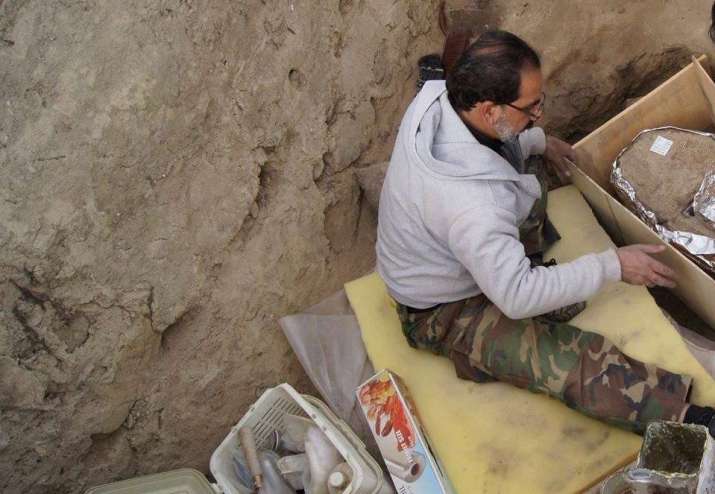
“As someone [who] loves historical or ancient artifacts and buildings of any kind, it breaks my heart to see the history destroyed by war . . . but it grieves me to my soul to see those who are struggling to preserve history killed while they devote their life to their task,” commented a netizen on the Saving Mes Aynak Facebook page.
Mes Aynak is one of the world’s most significant archaeological excavations. Once a prosperous Buddhist city on the fabled Silk Road network, the site houses a wealth of Buddhist relics including stupas, statues, and murals.
The Mes Aynak ruins were discovered after two state-owned Chinese mining giants, Metallurgical Group Corp. and Jiangxi Copper began mining for copper in the area after acquiring the mining rights from Kabul in 2007. According to Afghanistan’s Ministry of Mines and Petroleum, the site is home to the world’s second-largest copper deposit, reportedly representing estimated reserves of some 5.5 million tonnes of high-grade copper ore (Mes Aynak means “little source of copper” in Pashto). The two state-owned Chinese mining giants are seeking to establish a US$3 billion mining project to extract the underground wealth.
A number of countries have worked together since 2009 to excavate the ruins and relocate their relics. But security threats have lead European and American archaeologists to pull out of the Mes Aynak site, leaving Afghan experts to continue the archaeological work, and prevent rampant illegal mining.
The Civilian Protection Advocacy Group reported that at least 183 Afghan civilians were killed and 337 wounded last month in clashes and attacks across the country. Many local and international companies are revaluating their enlisting strategy due to increased violence.
See more
Afghan archaeologist killed near Buddhist site, home to giant copper reserve (Reuters)
An Archaeologist Killed with Exploding Bomb in Afghanistan (Mary Greeley News)
Afghan Archaeologist Dies In Roadside Explosion (Tolo News)
Saving Mes Aynak Facebook


